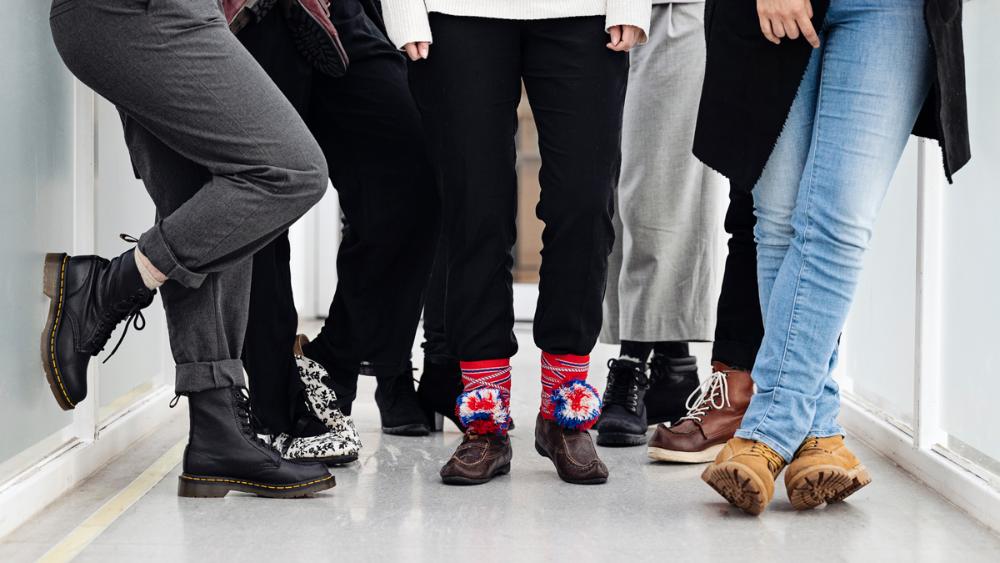Gender balancing in research and higher education
Gender balance and diversity in higher education
Gender balance and diversity in higher education

Background and aim
To improve the gender balance and other forms of diversity in academia are important goals not only for reasons of justice but because this enhance quality and innovation in research and education. Achieving such goals also make for better work environments. Since 2015 our research group have through several research project contributed to a better understanding of how gender balances among faculty may be improved and implemented this knowledge in practice. We are increasingly also exploring other forms of diversity, what they mean and how this may be improved.
Watch this short film for more information!
Approach
Our approach has been based on a focus on the importance of the local level. The gender balance of faculty varies substantially, not just between disciplinary fields, but also between departments and research groups. Through our research we show how and why gender imbalance need to be improved through local understanding of the problem and local measures. Gender imbalance and lack of diversity is difficult to change from above or the outside. Thus, inclusion work needs to be embedded in local leadership, local culture, and local work environment. Our approach aims to foster change from within. Our projects have resulted in a platform of knowledge and tools, which can be used by departments, faculties and other academic units who want to achieve sustainable changes.
We are using theories and methods from various social sciences to advance our understanding of the problem, predominantly science and technology studies (STS), sociology, political science, and gender studies. The research team consists of social scientists with background in sociology, gender studies, anthropology, STS and sociology of law.
News
In relation to the GENDER-Net Plus GA in Brussels, we presented our project innovations to the rest of Europe.
The project was on national news 14th of August
